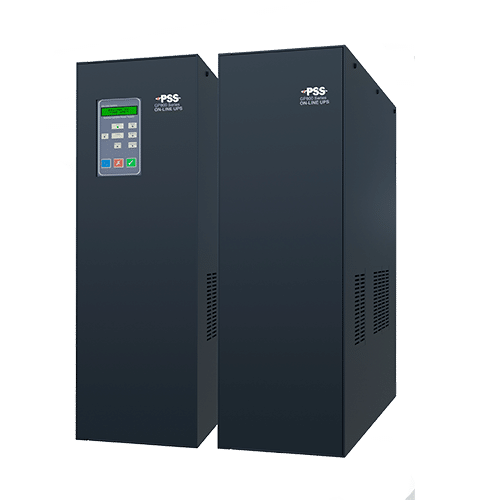
What are UPS Devices
Uninterruptable power supplies are battery units, that are essential for safeguarding against power disruptions like failures, sags, brownouts, surges, spikes, and electrical noise. They play a crucial role in protecting equipment. Our NDIS UPS specifically supports life-saving equipment such as medical hoists, emergency doors, and lighting, ensuring that essential systems stay operational during power outages.


